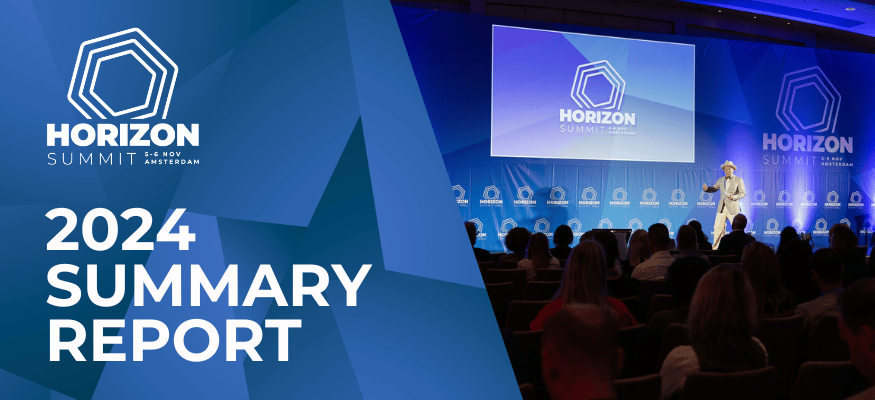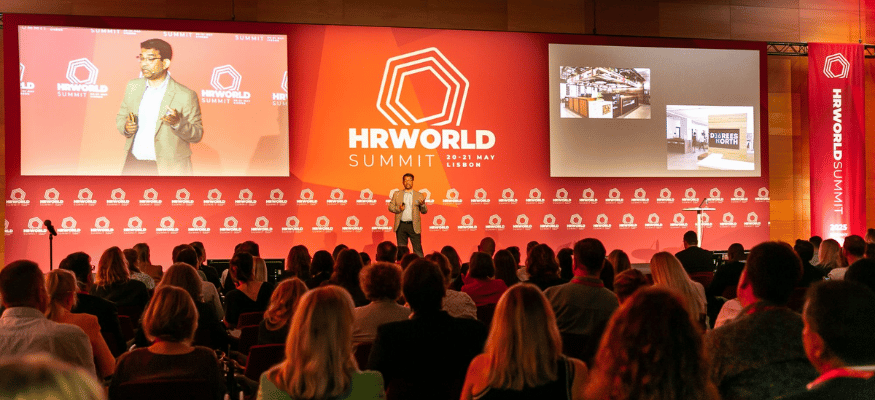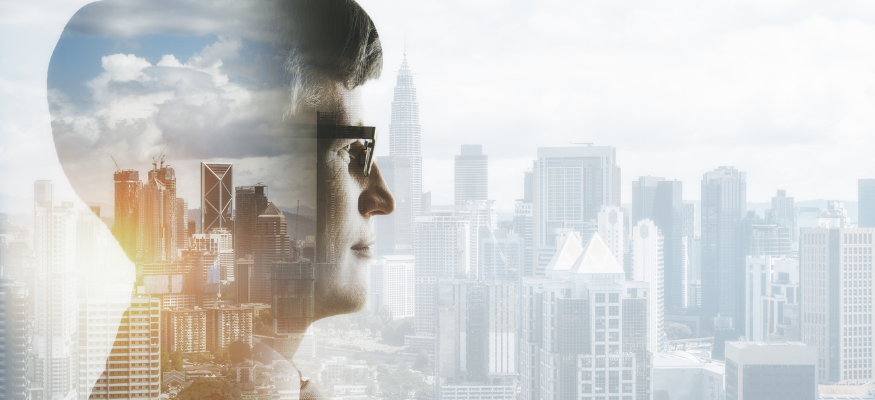
Gary Flood, Journalist, The HR Congress
At the largest online event on HR Technology and the Future of Work for our sector, in September’s well-attended online ‘The HR Congress TechFest’ conference, a number of major HR industry commentators shared their perspectives.
Let’s dip into what a few of them had to say—being aware that this is only a taster of their rich talks, and we recommend studying the whole video
Very much part of our current workplace reality, hybrid or flexible working seems to be what many employees want. But is it still a challenge for organizations to set up and manage in a way both managers and teams can live with?
Dedicating herself to answering that question is Sheila Subramanian, who has a dual work role as both a Vice President at enterprise messaging platform Slack and co-founder of Future Forum, an organization set up to build “flexible, inclusive and connected” ways of working.
Subramanian and her colleagues at that organization have condensed a lot of their insights (which are partly derived from quarterly research from over 10,000 desk workers) and best practice tips for making distributed working work in The Wall Street Journal bestseller, How the Future Works: Leading Flexible Teams To Do The Best Work of Their Lives (2022).
Sharing some of the main findings of this very recent book formed the bulk of Subramanian’s keynote, which was flagged up for TechFest attendees as the basis for a roadmap to ensure you are set up for success if you decide to go down this path.
But if you do, don’t just do what too many employers hit by COVID did, she warned. “We saw organizations and leaders like you make bigger changes they ever thought were possible, literally overnight, in how their employees worked,” she said.
The problem with that: due to necessity, most organizations simply did a lift and shift of their existing office space norms into their staff’s living rooms.
Future Forum members think instead, the pandemic and its aftermath present an opportunity to move from “retrofitting” existing ways of working to completely redesigning what work can look like. As she enthused,
“There is an opportunity to redesign work to become flexible enough that people feel like they have a choice, inclusive enough so all employees feel like they belong, and connected enough so that, regardless of where you’re located, you still feel a sense of camaraderie to your leadership, as well as to your colleagues.”
Sounds great. But what to do, practically? Subramanian’s main suggestions fire off Future Forum polls that show three big trends in terms of employee desires. One is flexibility–not just in where they work, but also when and how they work; a desire for inclusion and feeling like they belong; and a feeling of connection to their leadership and their colleagues.
A roadmap for hybrid success?
Organizations can successfully respond to these new workplace trends by:
- A shift from HQ-first or office-first to digital-first–meaning you stop believing only the work that happens in the office matters to trusting your teams will do the work you ask them to
- But also see that going into digital-first does not mean the office is dead but has taken on a new role. 76% of employees the Forum has talked to want to come back into the office periodically to build connections, foster camaraderie, and collaborate
- Embracing of asynchronous work patterns—though there’s no reason you can’t also ask for agreed core hours to anchor people, so everyone knows who is contactable when which she dubs “structured flexibility”
- Migrating off a constant-meeting culture which can tie senior people in exhausting, chained/back-to-back 8 am-8 pm video meetings, and instead re-value meetings by demanding they can only happen if they are one of the ‘Four Ds’ of Discuss (something specific), Debate, Make a specific Decision, or Develop An Employee
- Stop over-valuing ‘brainstorming’ (which too often just turn into ‘Let’s hear from the loudest people’ sessions) and instead promote online ‘brainwriting,’ where things like strategy Google Docs open to all can generate genuinely new ideas from every quarter
- And finally, start caring more for your stressed middle managers, who are having to manage in new, and often surprising, more people-oriented styles than they are used to.
But maybe most critically of all, be realistic. Not all of this will work for you at once, and you may need to work out what’s best for your environment. “It’s important for leaders to experiment with what’s working and what’s not working. The environmental, economic, professional, and personal environment we’re all dealing with is changing all the time, so it’s important to test out new ways of working and to embrace two-way transparency and get as much feedback as they can from their teams.”
We’re all multi-faceted. So why have we been denying that to ‘succeed’?
Earlier on, we mentioned that Subramanian has a ‘dual role’ as both a corporate officer at her company and as a member of her networking group.
But maybe that’s too simple a way of looking at both her as an individual, and the modern working person… as she also pointed out in her video presentation how the pandemic had changed her whole way of thinking about what her real ‘roles’ are in life and work:
“Early in my career, I found very few role models for building careers and lives that worked well for both,” she said.
“But over the last few years, I have held a stronger sense of belonging as a leader, but also as a wife, a mother, a daughter, a sister, a neighbor, and Auntie than I ever had before.
“It’s my hope that by redesigning the way that we work to be more flexible, inclusive and connecting, others will feel the same as well.”
Can she be the only leader or even employee feeling the same way?
We very much doubt it… but recommend you read her book–and decide the question for yourself!
See the full version of this keynote:








